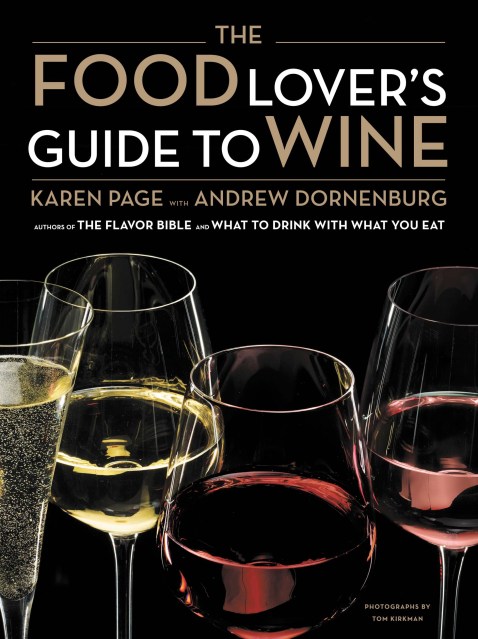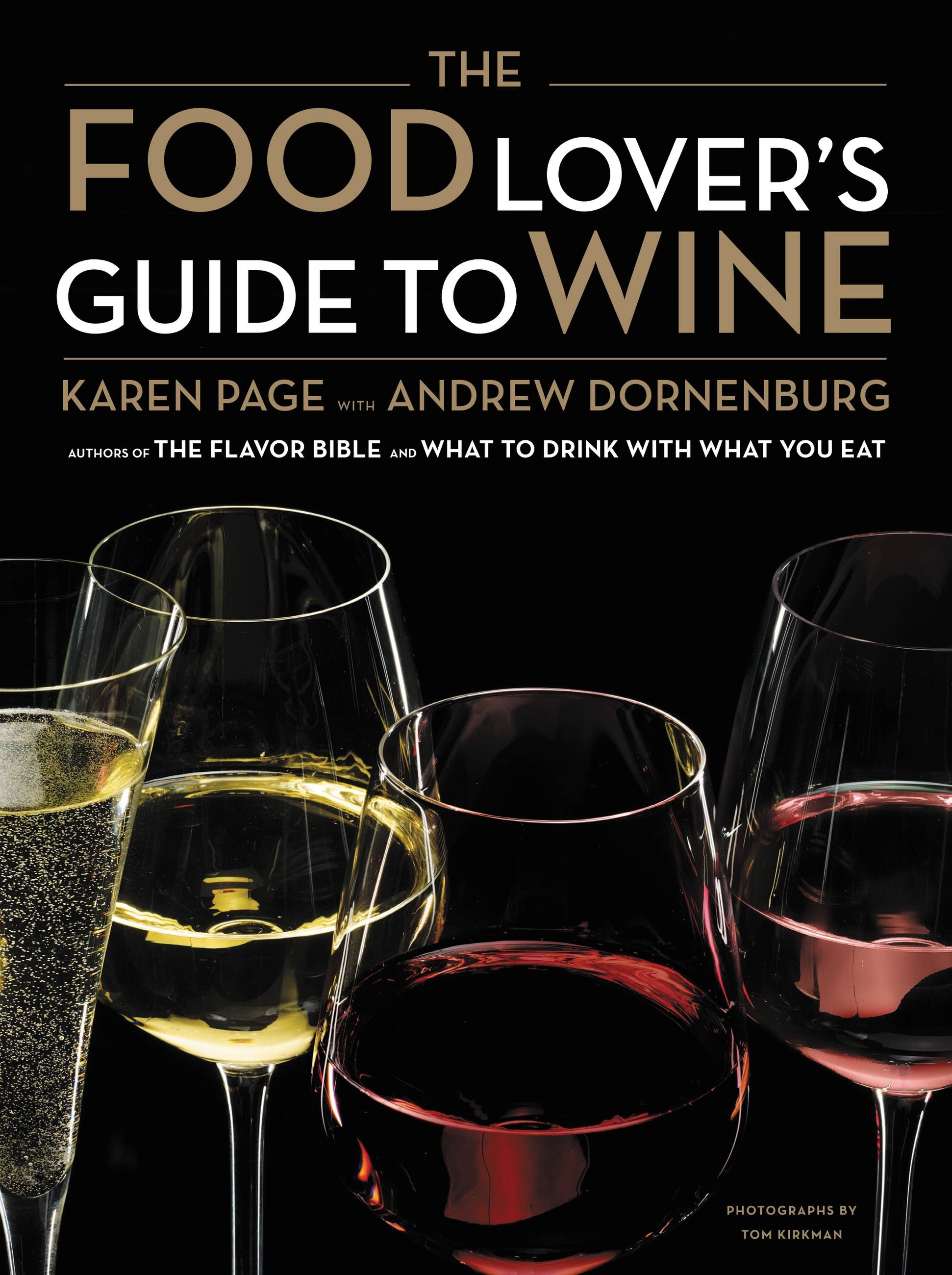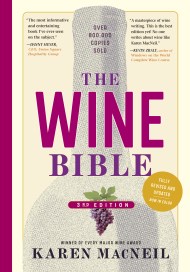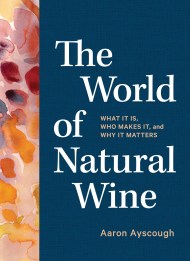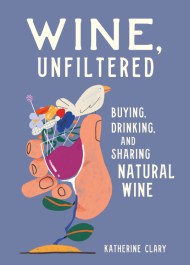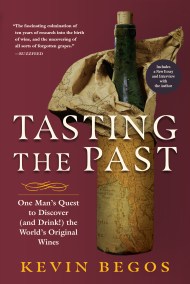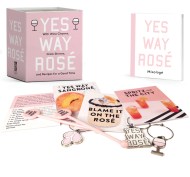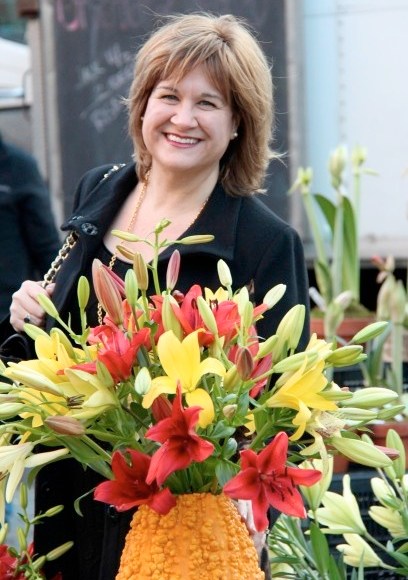Promotion
Use code MOM24 for 20% off site wide + free shipping over $45
The Food Lover's Guide to Wine
Contributors
By Karen Page
Formats and Prices
Price
$35.00Price
$39.00 CADFormat
Format:
- Hardcover $35.00 $39.00 CAD
- ebook $14.99 $19.99 CAD
This item is a preorder. Your payment method will be charged immediately, and the product is expected to ship on or around November 3, 2011. This date is subject to change due to shipping delays beyond our control.
Also available from:
A wine book unlike any other,The Food Lover’s Guide to Wine offers a fresh perspective via the single aspect of wine most compelling to food lovers: flavor.
At the heart of this indispensable reference, formatted like the authors’ two previous bestsellers The Flavor Bible and What to Drink with What You Eat, is an encyclopedic A-to-Z guide profiling hundreds of different wines by their essential characteristics-from body and intensity to distinguishing flavors, from suggested serving temperatures and ideal food pairings to recommended producers (including many iconic examples).
The book provides illuminating insights from dozens of America’s best sommeliers via informative sidebars, charts and boxes, which complement the book’s gorgeous four-color photography. Another groundbreaking work from two of the ultimate culinary insiders, this instant classic is the perfect gift book.
At the heart of this indispensable reference, formatted like the authors’ two previous bestsellers The Flavor Bible and What to Drink with What You Eat, is an encyclopedic A-to-Z guide profiling hundreds of different wines by their essential characteristics-from body and intensity to distinguishing flavors, from suggested serving temperatures and ideal food pairings to recommended producers (including many iconic examples).
The book provides illuminating insights from dozens of America’s best sommeliers via informative sidebars, charts and boxes, which complement the book’s gorgeous four-color photography. Another groundbreaking work from two of the ultimate culinary insiders, this instant classic is the perfect gift book.
Genre:
- On Sale
- Nov 3, 2011
- Page Count
- 352 pages
- Publisher
- Little, Brown and Company
- ISBN-13
- 9780316045131
Newsletter Signup
By clicking ‘Sign Up,’ I acknowledge that I have read and agree to Hachette Book Group’s Privacy Policy and Terms of Use
